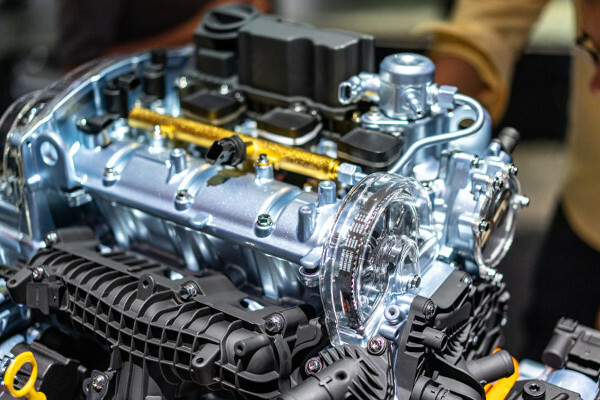The figure above shows us a free-falling stone. When we throw this stone up, it acquires energy that soon turns into kinetic energy (when it falls). Upon reaching the ground, we will probably hear a noise. The kinetic energy that the stone had dissipated into other forms of energy, the main one being heat. In this way, we can say that the stone has reached a final state of equilibrium. When we look at the stone again, we can say that spontaneously it will not return to its initial position. It will only return to previous positions through interferences and modifications from the external environment.
So, we can say that the stone performed a irreversible process. Therefore, we can define the two processes, irreversible and reversible, as follows:
- IRREVERSIBLE PROCESS is one in which a system, once reached the final state of equilibrium, does not return to the initial state or any intermediate states without the action of external agents.
- REVERSIBLE PROCESS is one that can occur in both directions, going through all the intermediate stages, without this causing definitive changes to the external environment.
As such, a transformation is only considered reversible if there is a link between well-defined intermediate states at any moment of the transformation. For this to happen, the transformation must be slow, and it is then called almost static.
Do not stop now... There's more after the advertising ;)

In the figure above, we have a container with a movable piston, without friction with the walls and containing a gaseous mass. When we place a small bag of sand on the plunger, we will see that it quickly descends, compressing the gas contained in it. As a result of this gaseous compression, regions close to the piston start to have a temperature, volume and pressure different from the rest of the gaseous mass contained in the piston. This causes the gas to have no defined states between the start and end states.
In this way, it is impossible for us to obtain the same intermediate states when removing the weight of sand. In this case, we consider the process to be irreversible. However, if we add the sand little by little, we will have, for each portion placed on the plunger, a well-defined state.
By removing the sand, little by little, we can then reproduce all the intermediate states, thus having a reversible transformation, that is, almost static.
By Domitiano Marques
Graduated in Physics
Brazil School Team
Would you like to reference this text in a school or academic work? Look:
SILVA, Domitiano Correa Marques da. "Reversible and Irreversible Transformations"; Brazil School. Available in: https://brasilescola.uol.com.br/fisica/transformacoes-reversiveis-irreversiveis.htm. Accessed on June 27, 2021.


